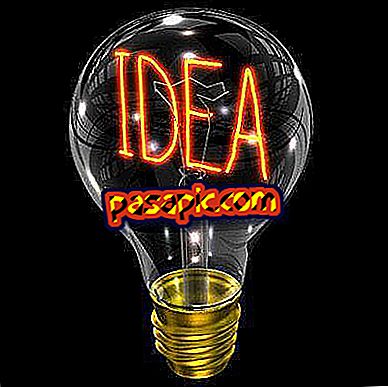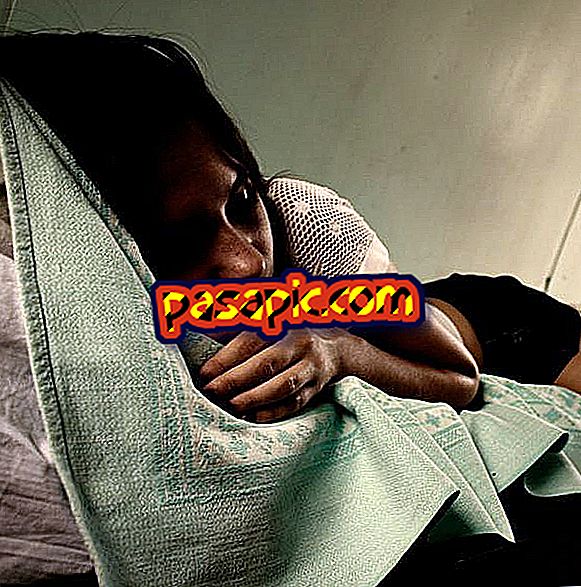How to write a children's story

Children's stories are usually very light, educational and short readings, however, for its development you need to be aware of many aspects that are essential for the editorial to be successful, please the little ones and, above all, also captivate the biggest, who are the ones who will make the decision to buy it or not.
Writing is not an easy task, many times the muse disappears or the theme does not arouse as much interest as we expect. However, there are many guidelines or guidelines and advice that if carried out will allow us to meet our objective. If you are determined to become the favorite writer of the little ones, in this article we tell you how to write a children's story .
one
The first thing to do to write a children's story is to seek reference . No writer, of any kind, has written without reading other authors. Start reading many children's stories analyzing each topic, how the characters interact, what the moral is, what the language is and what words it uses to express itself. Look even in the colors of the pages, the illustrations, the thickness of the lines: in a children's story everything is thought and, although it may not seem so, its target is the most demanding, and the most sincere as well.
two
To write a children's story it is also advisable to share with children . Talk to your children, nephews, cousins, the important thing is that you are attentive to their conversations, occurrences, the things they like and the way they think life works. Observing their behaviors, behaviors and annotating their preferences can be key to finding the theme of the children's story you want to write.

3
Do not leave home without a notebook . In the day to day situations, conversations of others, landscapes, drawings and even unknown children that can offer you a moment of inspiration or reference to start writing a children's story. Write in the notebook everything you think is useful for your stories, such as the name of a character or the physical characteristics of the protagonist or the place where you want the events to unfold. Going for a walk is an ideal exercise to discover and invent stories.
4
Once you read children's stories, share with children and walk a lot on the street have given you enough ideas to start writing your story, you should review the parts of a children's story . Every story has a beginning in which it invites readers to know what the book is about. Then there is the development of the story where the dialogues between different characters are known and the bulk of the events happens where a conflict usually occurs. Finally there is the end, where the conflict is resolved and the moral is given. It is very important that in the end the reader understands the exact message of the teaching you wish to convey.

5
To write a children's story you must make an outline of the characters . Write each one's history separately and begin to describe and know them. How old they are, what they like, where they live, how they relate to each other, why they know each other, if they are human, if they are animals if they are unreal beings. All the information about your characters must be in this scheme, which will allow you to speed up the writing and the use of connective and adjectives in the story.
6
To write a children's story you must take into account that it is a story and not a book. Long and complex texts are not usually preferred by the youngest ones, so do not exceed two pages of text . This does not mean that your children's story will only have two pages, remember that it is accompanied by drawings and illustrations.

7
You will also have to decide in which voice you will write the children's story . This is very important for the realization of the narration and the dialogues. Writing in first, second or third person is the author's total decision, although it is highly recommended that there is always the voice of a narrator who is the one who introduces the reader into the story and conversations of the characters. It is also the narrator who is responsible for emphasizing the moral.
8
Once you have solved the above details you should start to write . It is very likely that as you write the children's story you decide to make changes, add or remove characters, change names or even start over from scratch once again. This is totally normal. The important thing is that you remember that to catch the reader is very important the narration and information that you include in the first two paragraphs of the story.

9
Once you have finished writing a children's story, you need to read it many times . This will allow you to find mistakes, modify some parts of the story, change words and verify that everything is understood perfectly. Try telling your child story to a child and ask for their opinion, this will be very helpful. Finally, you should seek help from a designer who illustrates the pages of your story and a publisher who wants to publish it. Good luck, and may the muse always accompany you!


